video credits: Fw:Thinking via Youtube
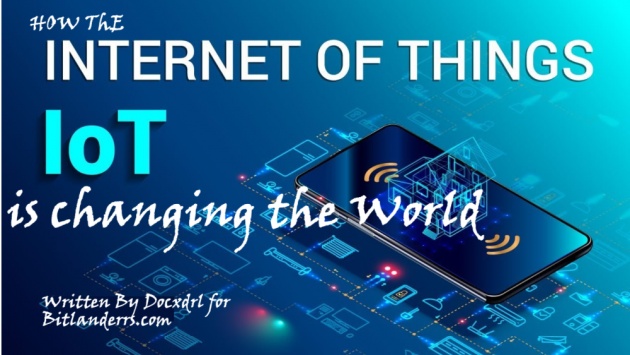
How the Internet of Things (IoT) is changing the World Edited by Docxdrl via Bitlanders
The Internet of Things (IoT) has already changed the world as we know it. It influence & grips on both the way we live and how we go about our work is effectively evident. Today, as Broadband Internet is available, affordable almost in every corner of the world. And Wi-Fi capabilities, sensors and other internet services have been built into a wide range of devices and gadgets to aid the sharing of data. Wearables and smartphones are soaring to encourage a digital world with 5G networks providing the physical and connectivity infrastructures. All these will conclusively lead to IoT in the everyday lives of people
The idea that devices, infrastructures, factories, vehicles etc can communicate with one another without human intervening seemed fictional. But is happening right now!
Back in 1982 when the first Coke Vending machine was connected to the internet. It allowed remote checking of drinks and whether they are cooled or not. This was in an attempt to save the trip of reaching the vending machine and to not been satisfied with the content of the machine.
This became the first and most important step toward realizing Internet of Things
We are in an era where everything is gradually integrated and connected to the internet. In the past decade, not only high-tech industries, cars, homes and jet engines are communicating with one another; these communications between things/objectives affects our everyday life
Kevin Ashton is accredited with coining the name Internet of things, but even he could not tell how the word should be used and its application in real life.
The fact that I was probably the first person to say ‘Internet of things’ doesn’t give me any right to control how others use the phrase
Now, Internet of things (IoT) is becoming a growing topic of conversation all over the world. And how it affects the future of mankind within working and outside work parameters.
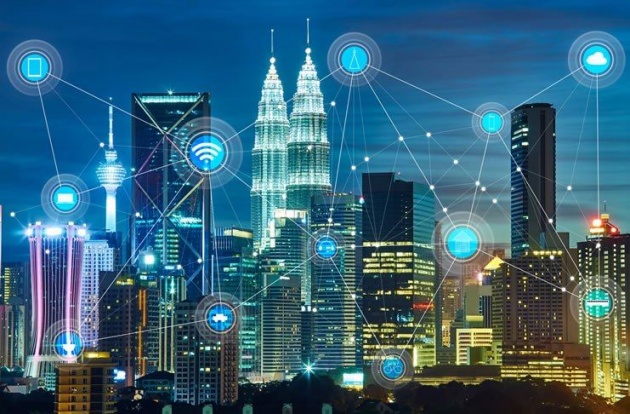
Image credits: bestdatasciencetraininginchennai
Since it has the potential of impacting how we live, work and conduct business, then what exactly is
Internet of Things (IoT) is the extension of internet connectivity into physical devices and everyday objects. Embedded with electronics, internet connectivity and other forms of hardware (such as sensors), these devices can communicate and interact with others over the internet and they can be remotely monitored and controlled
The internet of things is the common language that each smart device, electronic device or technology can use to communicate with each other. To achieve the vision of the Internet of Things, we have to understand that the Internet is involved and the evolution of General Wireless Network
What is the Internet?
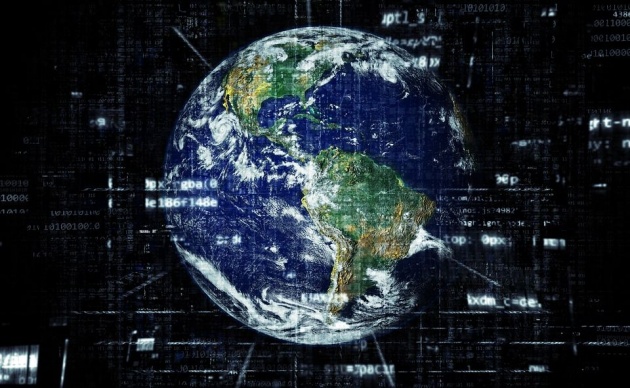
image credits: TheDigitalArtist via Pixabay
To fully grasp what is the internet, we must first consider when two or more computers communicate with each other, then they are connected together. The internet is;
The global system of interconnected computer networks that use the Internet protocol suite (TCP/IP) to link devices worldwide. It is a network of networks that consist of private, public, academic, business, and government networks of local to global scope, linked by a broad array of electronic, wireless and optical networking technologies
Therefore, when talking about the internet, we simply mean the network of networks of devices communicating with one another. The internet is an evolving network
The internet is still at the beginning of its beginning
And to achieve these, it is based on how fast the network of computers can communicate with one another.
The Evolution of General Wireless Network
Mobile wireless communication has gone through several evolution stages to reach where we are today. Mobile communications standards advanced rapidly to support more users and to make the world a global village.
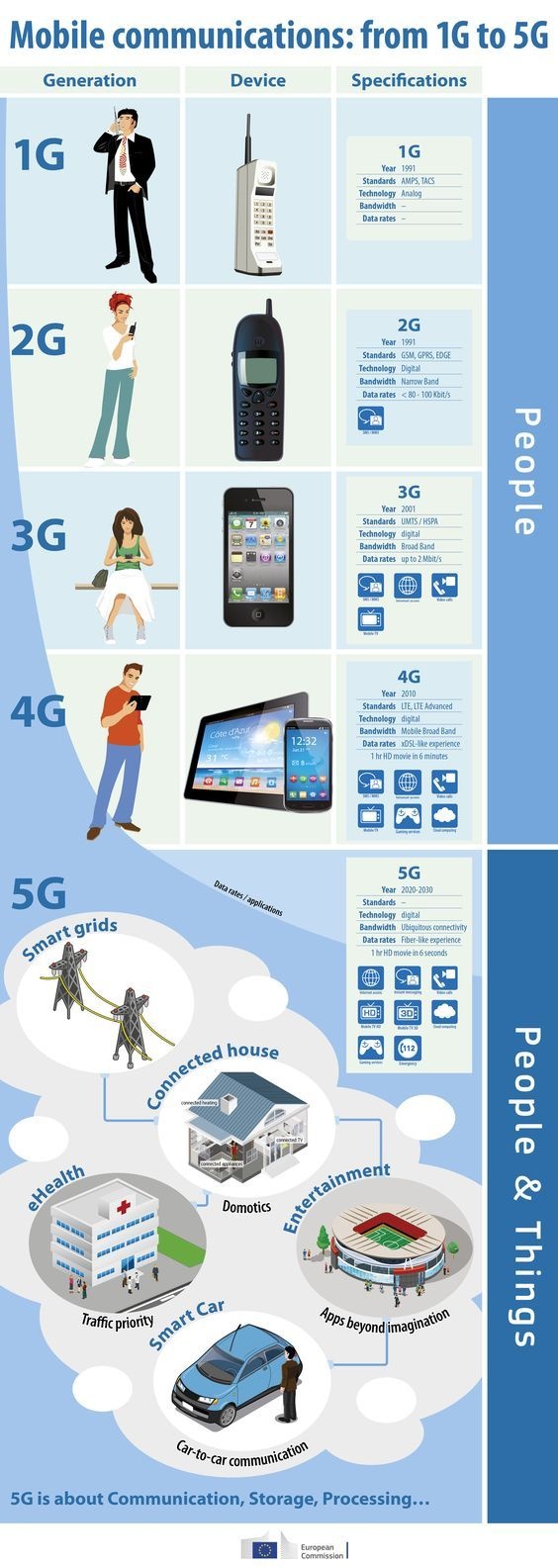
Infographic Credits: ec.europa.eu
A quick look into the generations of wireless networks
-
1G
1G refers to the first generation of the wireless network developed in Japan by Nippon Telephone and Telegraph Company (NTT) during 1979. This mobile phone technology continues to gain acceptance and usage until when
-
2G
2G simply means second-generation wireless networks. It came with the introduction of what is known as the Global System for Mobile communication (GSM).
The second generation came with a technology that is capable of supporting up to 64Kbps for data transfer. It was interesting because it provides services like Text Message, Pictures messages and multimedia messages (MMS).
Every message sent over 2G is digitally encrypted and the 2G wireless network became the first digital network, unlike 1G.
The need for higher data rate for 2G networks brought about the development of General Packet Radio Services (GPRS) and Enhanced Data GSM (EDGE)
-
3G
Soon after 2G, comes 3G wireless networks. It is the upgraded version of 2G, 2.5G and 2.75G networks with a faster internet connection and general services.
3G came packed with fixed wireless internet access, video calls and mobile TV. This lead to the general popularity of Smartphone’s across the globe because the can handle multimedia chat, email, video calls, games, social media and healthcare services.
During the era of 3G, High-Speed Downlink Packet Access (HSDPA) and High-Speed Uplink Packet Access (HSUPA) for quality services in mobile devices.
-
4G
4G System is an enhanced version of the Third Generation. This generation is special because of what is known as Long Term Evolution been developed by the Institute of Electrical and Electronics Engineers (IEEE).
Its outstanding capability was the simultaneous transmission of voice and data services. These, however, lead to a period in time;
This advance in mobile wireless technology begs the question, where is mobile technology leading us to?
The world has already seen all the above-mentioned Generation of Wireless Mobile Telecommunication Technology, but Nigeria is still stuck in having wide coverage of 2G network across the country
Fortunately for us, we don’t need to ask the question for long, because the future is now!
The 5G Vision
Current LTE network transforms into supercharged 5G networks that support massive data rate for the internet of things up to 200Mbps. This change whatever we do with our Smartphone’s
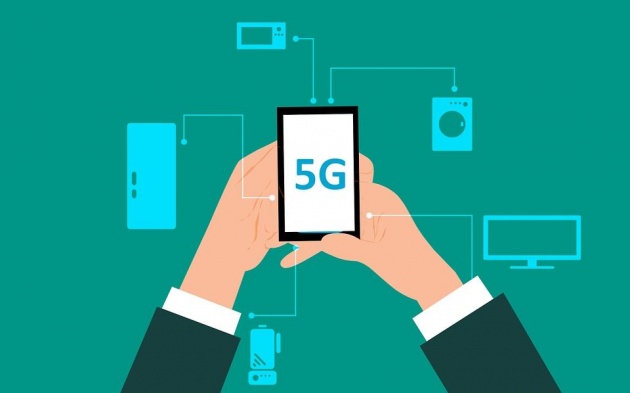
image credits: mohamed_hassan via Pixabay
Whatever we do now with our smartphones, we’ll be able to do faster and better. Think of smart glasses featuring augmented reality, mobile virtual reality, much higher quality video, the internet of things making cities smarter. But what’s really exciting is all the new services that will be built that we can’t foresee.
Source: Unilad.co
The 5G network help power a huge rise in the internet of thing technology. 5G is providing the infrastructure, expertise and acceptability of the technology in the world needed to carry huge amounts of data, connectivity and integration over every electronics/smart devices in the world.
Why Do We Need the 5G Network?
The world is going mobile and we are consuming more data every, minutes of every day in trying to keep up with news, celebrity news, trending music/videos, chatting with close friends, relatives and meeting people around the world.
Blogging in Bitlanders has provided me with the opportunity to meet with someone halfway across the world. She has helped me to become a better version of myself
Continues streaming of videos on Youtube, news feeds, entertainment etc on existing spectrum bands are becoming congested leading to poor mobile network communication.
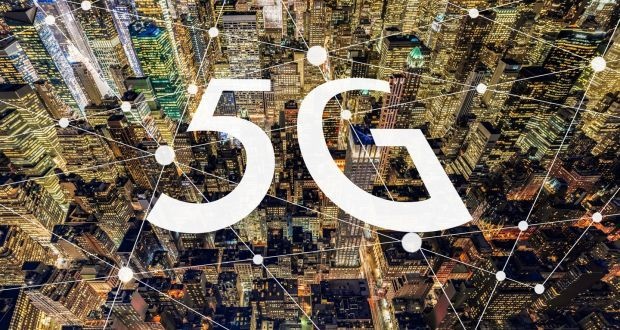
image credits: irishtimes
This happens especially when networks providers in Nigeria cannot offer 3G services in major cities and town, we just have to be scrambling from one location to another to get network
Introducing 5G networks can simultaneously, effectively and efficiently handle the teaming mass of individuals that are in need of internet services to deliver their goods & services via millions of devices.
How 5G, Internet of Things (IoT) and Artificial Intelligence are connected
The potent combination of 5G, the Internet of Things and Artificial Intelligence change the world. These combinations have conclusively formed the basis of what is called Intelligent connectivity
Rather than been focused on the effects of 5G, Internet of Things and Artificial Intelligence, I chose to focus on the myriad of wonderful opportunities that shall be unveiled with the realization of intelligent connectivity and how it will change the world
5G network is necessary for the Internet of Things (IoT) to work optimally. The reason has been, 5G network must be ultra-reliable to support mobile edge computing, Artificial Intelligence (AI), Automation, Robotics, Telepresence Augmented Reality (AR) and virtual reality (VR).
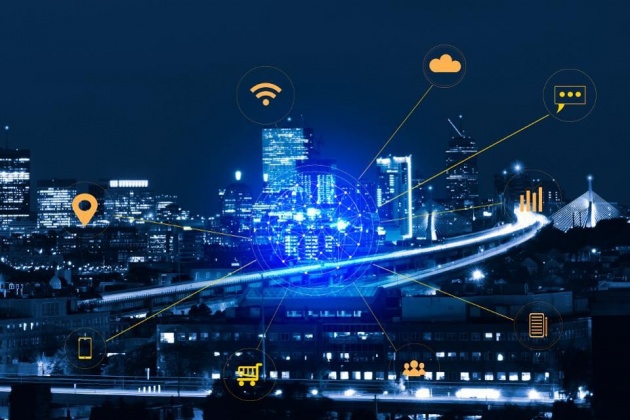
Image credits: forbes
Yes, we are already living in the time of weak Artificial Intelligence and AI is yet to be sentient. It is now time for humans to create programs that follow protocols that void AI to be sentient.
When all these protocols are fully integrated with 5G, Internet of Things (IoT) and Artificial Intelligence (AI), such things like security systems, thermostats, cars, electronic appliance and lights in the household, commercial environment, labs, alarms clocks, speakers systems, vending machines etc will automatically be controlled by Artificial Intelligence (AI) in homes, offices or even on our Smartphones.
With the realization of intelligent connectivity, should humans be worried about the rise of a sentient being?
It is rather sad to point out that, connecting everything via the internet may lead to what is called Singularity.
As humans, are we ready to bring about our own destruction?
Should we be focusing on the impending destruction of the world as we know it by encouraging Technological Singularity?
It’s a pity to have reached this height of human evolution to be destroyed by our ulterior motive.
Let’s continue to hope that it may not lead to Chaos Theory. It is without the question of doubts that the future of 5G, Internet of Things and Artificial Intelligence is at our doorstep waiting to be invited in.
Internet of Things (IoT) in Our Daily Lives
The internet of things is still in its infancy. Despite this, its rate of expansion, adaptability, ingenuity and scope is startling. IoT is now portable, wearable and implantable, creating a ubiquitous and connected universe.
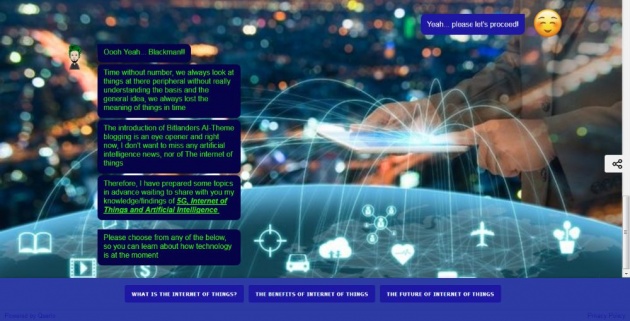
Image credits: Docxdrl via Bitlanders
IoT is transforming physical objects that surround us into an ecosystem of information in almost every industry by the connection that encompasses machines, individuals, process and data that can have a huge impact on our daily lives
Here are some daily uses of IoT in our lives
- IoT technologies already allow an individual to manage things in their home even when they are not around. Nest can adapt to the living habits of the people as well as the equipment used for cooling and heating in the home to save energy and money
- Considering how to keep track of your home while you are away? Your farm, smart doors lock, smart parking and waste management, then think about Postcapes.
The convergence of smart sensors + connectivity (IoT) + machine learning is reshaping your industry.
- IoT has been applied in the smart appliance in the house like stoves, refrigerator, washers and dryers, coffee machines and cookers. Smart assistants like Amazon Alexa or Apple’s Siri. As wearables like fitness trackers, sleep trackers and smart scales.
This technology is making our everyday lives better in so many ways, and it will likely continue doing so. It also addresses problems we didn’t even realize we have. The global market for IoT is growing, which shows its general acceptance in the world.
chat with me
The examples above demonstrate the limitless potential and applications of IoT, but I’m optimistic that the best is yet to come as we explore the untapped possibilities of the Internet of Things
Why We Should Worry About the Internet of Things (IoT)
No matter what it is, when its usage become abused in any way, it is not good for us. At such, anything that gives away our data, allows access to our home, workplace/office or lets our smart devices to spy on us intentionally, by accident or by malfunction is scary to use
Video credits: edureka! via youtube
IoT devices are becoming an extension of our daily lives, unfortunately, it poses the potential of been weaponized to do harm instead of good
Consumers have cause for concern, as the ubiquity of interconnected sensors through the IoT adds layers of risk that people can’t understand. Companies’ lack of transparency and the absence of consumer control over data exacerbate perceptions of privacy and security threats
We should be careful if not, technology like IoT can add to the alarming set of weapons for violent and people control by an abuser to extend his/her grasp in the life of their victim(s) that did not exist before.
On A Final Note
IoT is evolving rapidly and quickly moving into the hearts of people on a daily basis all over the world. It is a poorly secure technology that offers hackers ways to access data, access homes and alter the living conditions that are on IoT devices across homes, offices and industries.
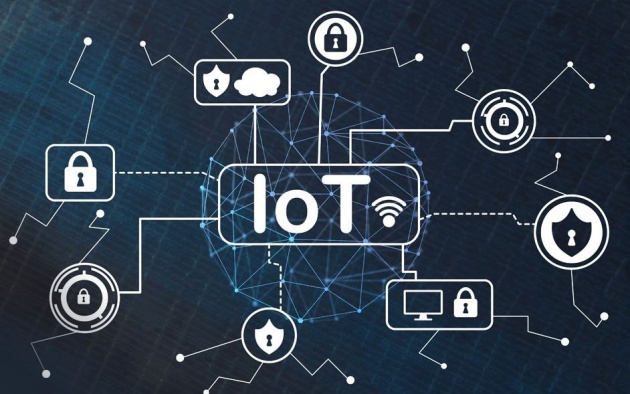
image credits: timesys
iPhone has already faced a serious setback when it was attacked by FaceTime bug. This poses a pretty big privacy problem but of course, we are discussing how the internet of things is changing the world we live in.
For every new technology, it may come with its own kind of set back, and if not handle with care, it will result in a nightmare we can’t wake up from.
Feel free to check other Blog post in same category
How Artificial Intelligence is changing the future of Military Warfare
How to Make Use of Artificial intelligence in Your Business Effectively
The future of Artificial intelligence in the Transport Industry
7 Essential Techniques that Will Help Us Gain Benefits from Machine Learning
You are welcome to come JOIN US



